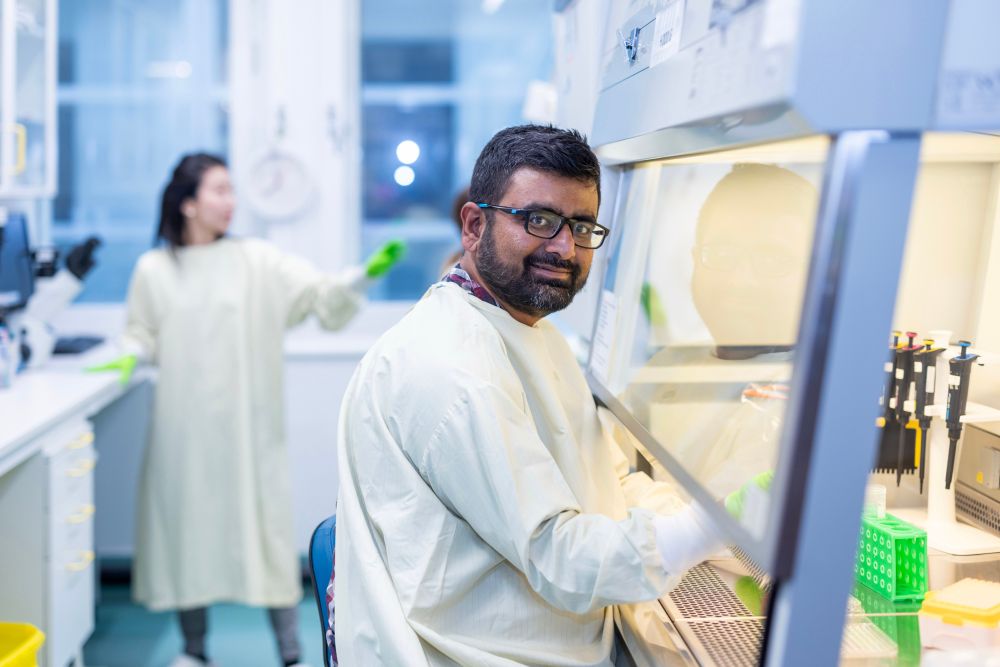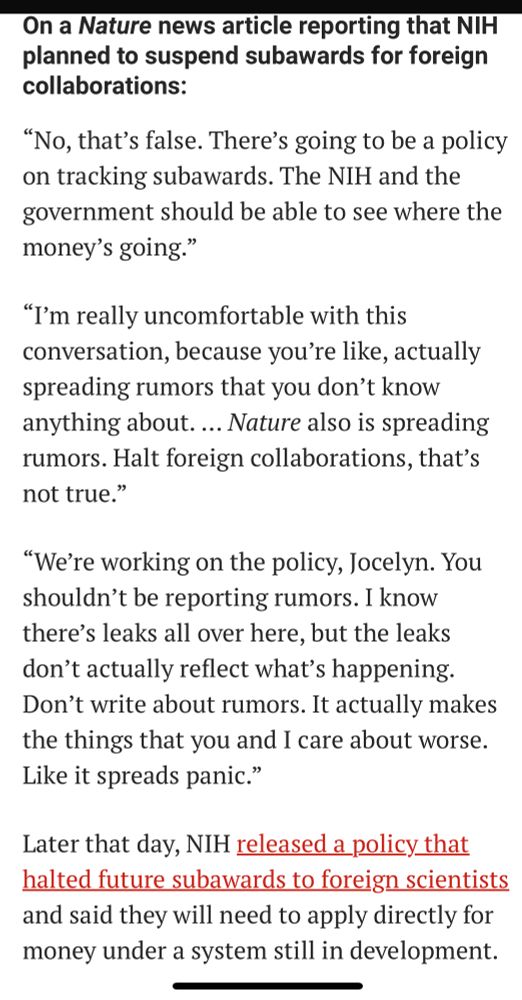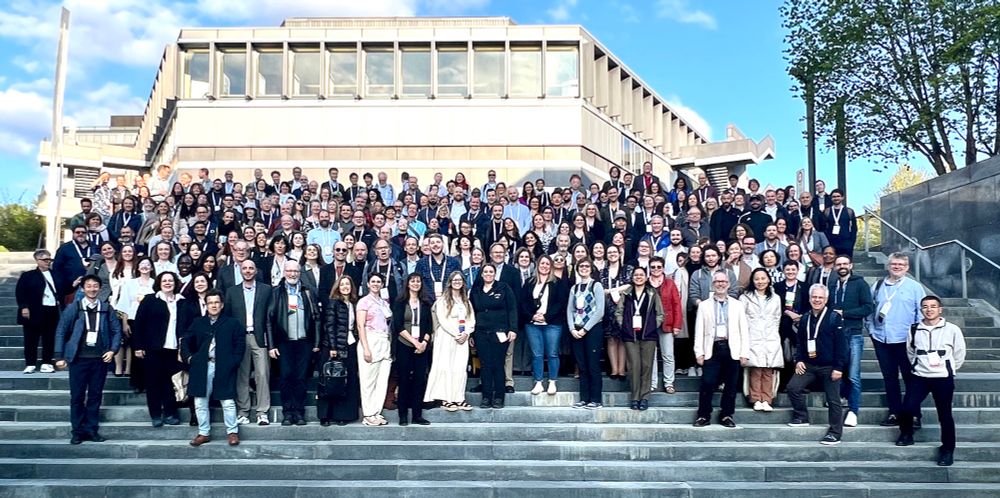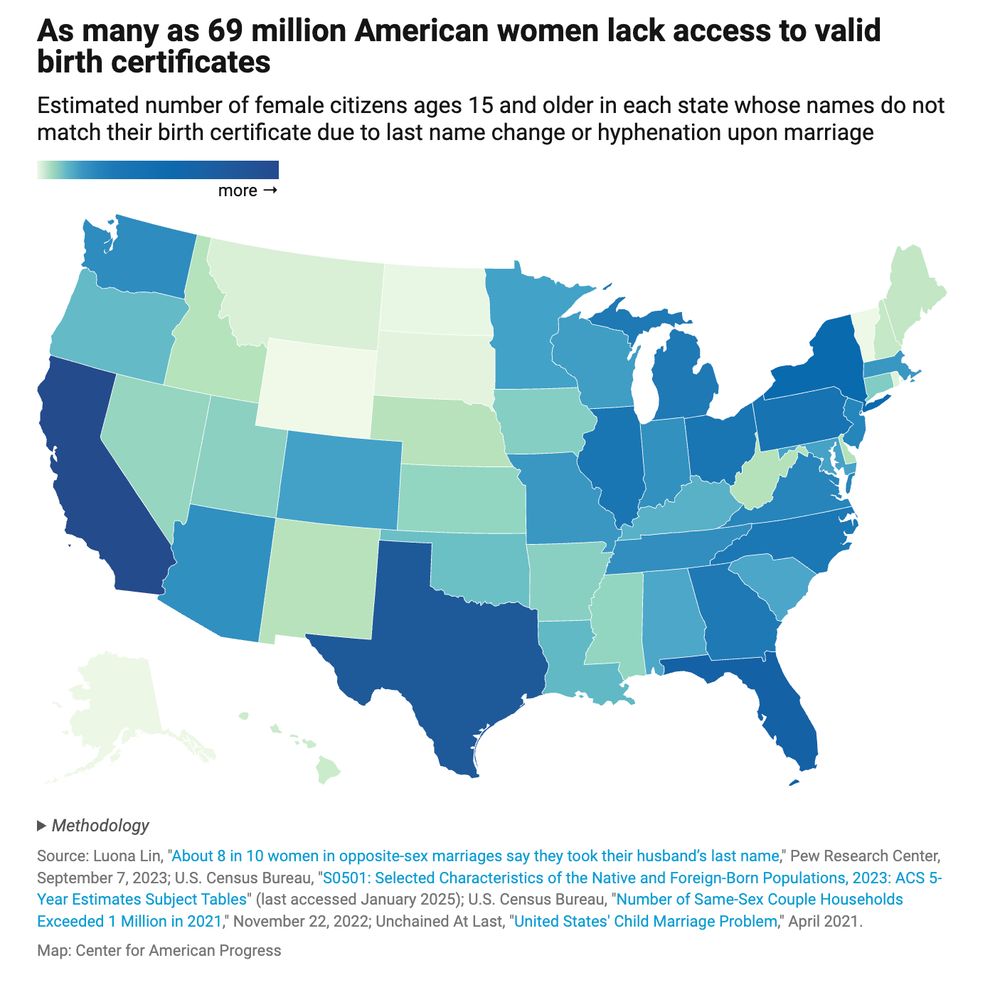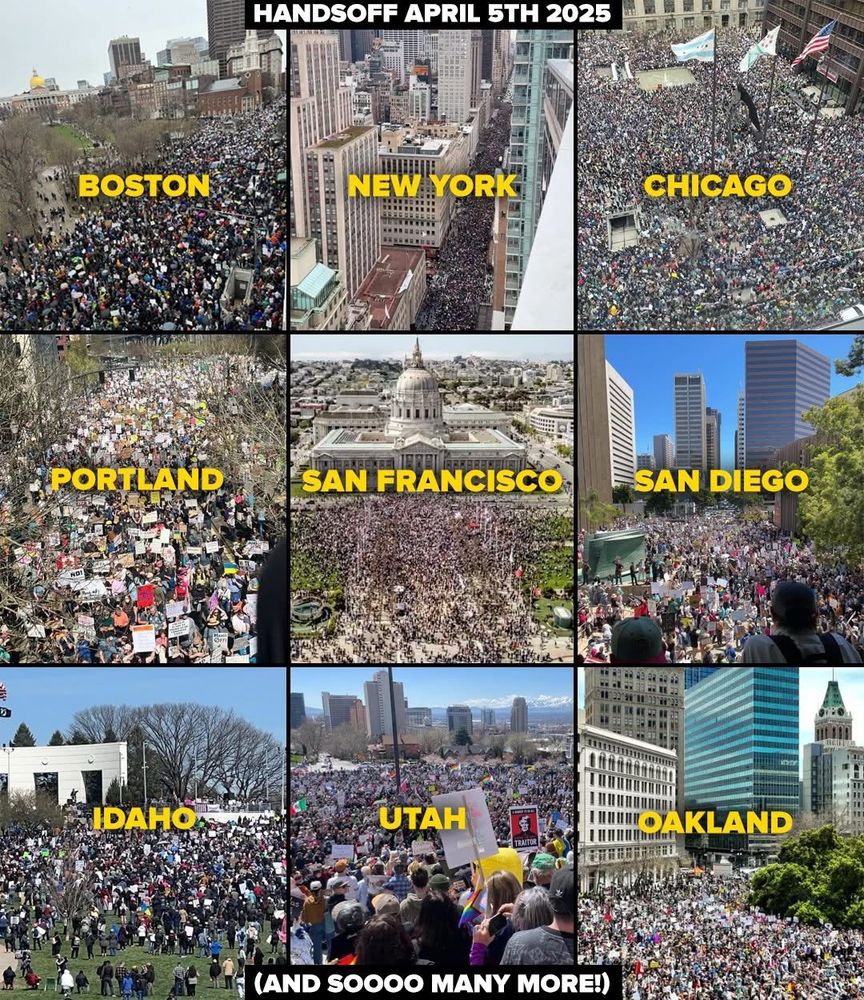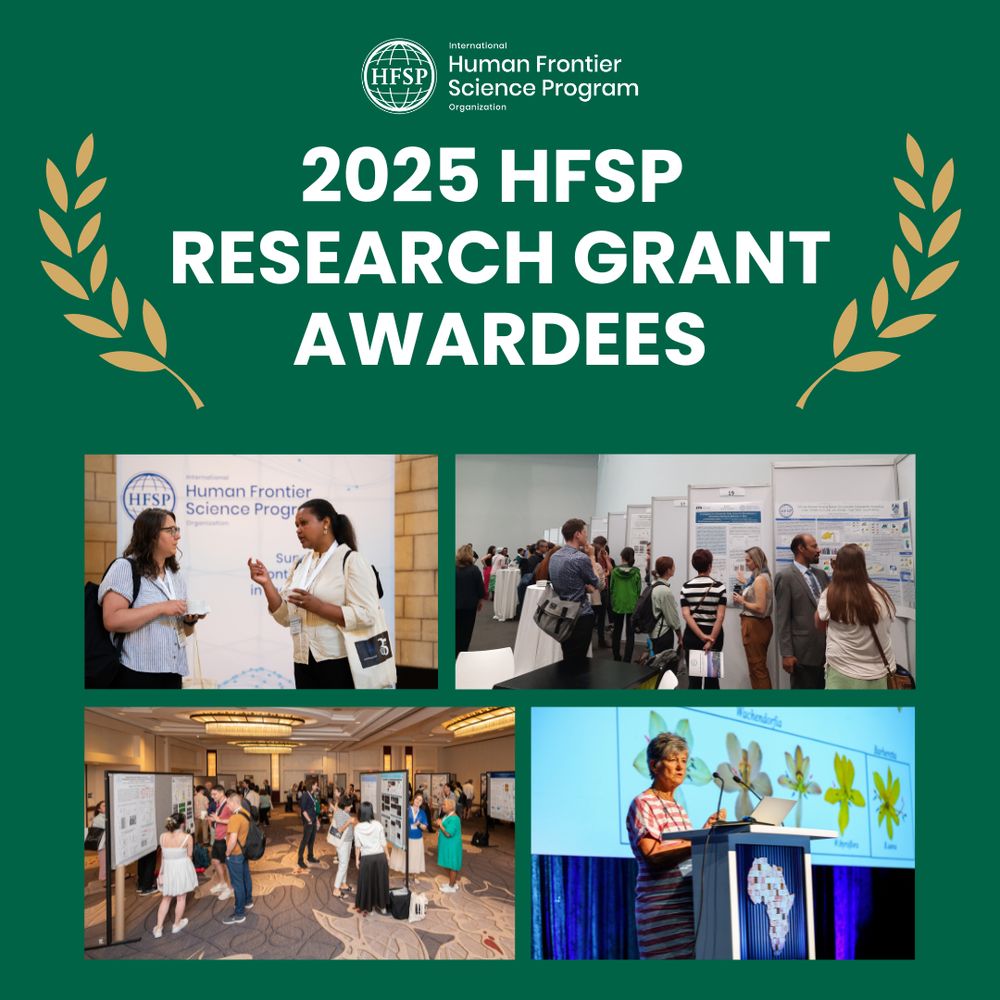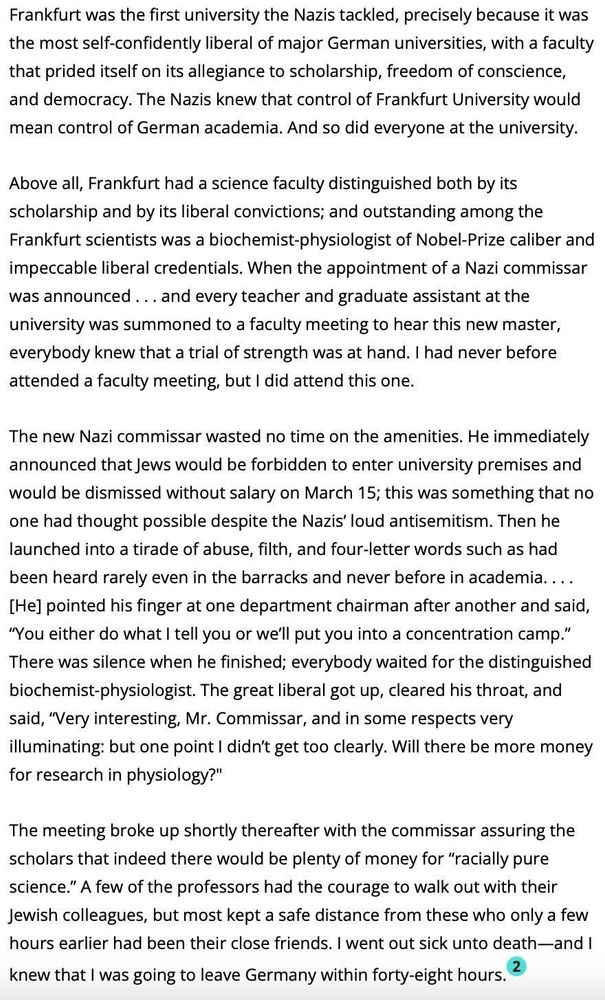Olena Zhulyn
@ozhulyn.bsky.social
1.2K followers
1.8K following
5 posts
I study tissue regeneration, rejuvenation & repair | Scientist @SickKids| Assistant Prof @UofT | former postdoc @Stanford | she/her | views my own | #axolotls #ribosomes #mRNA #regeneration #aging
Posts
Media
Videos
Starter Packs
Pinned
Olena Zhulyn
@ozhulyn.bsky.social
· Aug 9

Interdisciplinary Post-doctoral fellowships (2 positions) in wound healing - Toronto (City), Ontario (CA) job with The Hospital for Sick Children - Developmental & Stem Cell Biology Program | 1284...
Two Postdoc positions to identify & visualize translation dynamics & function of proteins that drive epithelial cell migration during wound healing.
www.nature.com
Reposted by Olena Zhulyn
Olena Zhulyn
@ozhulyn.bsky.social
· Aug 9

Interdisciplinary Post-doctoral fellowships (2 positions) in wound healing - Toronto (City), Ontario (CA) job with The Hospital for Sick Children - Developmental & Stem Cell Biology Program | 1284...
Two Postdoc positions to identify & visualize translation dynamics & function of proteins that drive epithelial cell migration during wound healing.
www.nature.com
Olena Zhulyn
@ozhulyn.bsky.social
· Aug 9
Olena Zhulyn
@ozhulyn.bsky.social
· Aug 9

Interdisciplinary Post-doctoral fellowships (2 positions) in wound healing - Toronto (City), Ontario (CA) job with The Hospital for Sick Children - Developmental & Stem Cell Biology Program | 1284...
Two Postdoc positions to identify & visualize translation dynamics & function of proteins that drive epithelial cell migration during wound healing.
www.nature.com
Olena Zhulyn
@ozhulyn.bsky.social
· Aug 9

Interdisciplinary Post-doctoral fellowships (2 positions) in wound healing - Toronto (City), Ontario (CA) job with The Hospital for Sick Children - Developmental & Stem Cell Biology Program | 1284...
Two Postdoc positions to identify & visualize translation dynamics & function of proteins that drive epithelial cell migration during wound healing.
www.nature.com
Reposted by Olena Zhulyn
Reposted by Olena Zhulyn
Reposted by Olena Zhulyn
Reposted by Olena Zhulyn
MarkH
@markhoofnagle.medsky.social
· May 15
Reposted by Olena Zhulyn
Reposted by Olena Zhulyn
Reposted by Olena Zhulyn
Reposted by Olena Zhulyn
Reposted by Olena Zhulyn
Reposted by Olena Zhulyn
Shicheng Guo
@shihcheng.bsky.social
· Apr 20

DNA-guided transcription factor interactions extend human gene regulatory code | Nature
In the same way that the mRNA-binding specificities of transfer RNAs define the genetic code, the DNA-binding specificities of transcription factors (TFs) form the molecular basis of the gene regulatory code1,2. The human gene regulatory code is much more complex than the genetic code, in particular because there are more than 1,600 TFs that commonly interact with each other. TF–TF interactions are required for specifying cell fate and executing cell-type-specific transcriptional programs. Despite this, the landscape of interactions between DNA-bound TFs is poorly defined. Here we map the biochemical interactions between DNA-bound TFs using CAP-SELEX, a method that can simultaneously identify individual TF binding preferences, TF–TF interactions and the DNA sequences that are bound by the interacting complexes. A screen of more than 58,000 TF–TF pairs identified 2,198 interacting TF pairs, 1,329 of which preferentially bound to their motifs arranged in a distinct spacing and/or orienta
doi.org
Reposted by Olena Zhulyn
Reposted by Olena Zhulyn
Reposted by Olena Zhulyn
Barack Obama
@barackobama.bsky.social
· Apr 15
Reposted by Olena Zhulyn
Reposted by Olena Zhulyn
Reposted by Olena Zhulyn
Reposted by Olena Zhulyn
Olena Zhulyn
@ozhulyn.bsky.social
· Apr 3
Reposted by Olena Zhulyn



